Liverpool (United Kingdom)
Must see & do
Places of worship
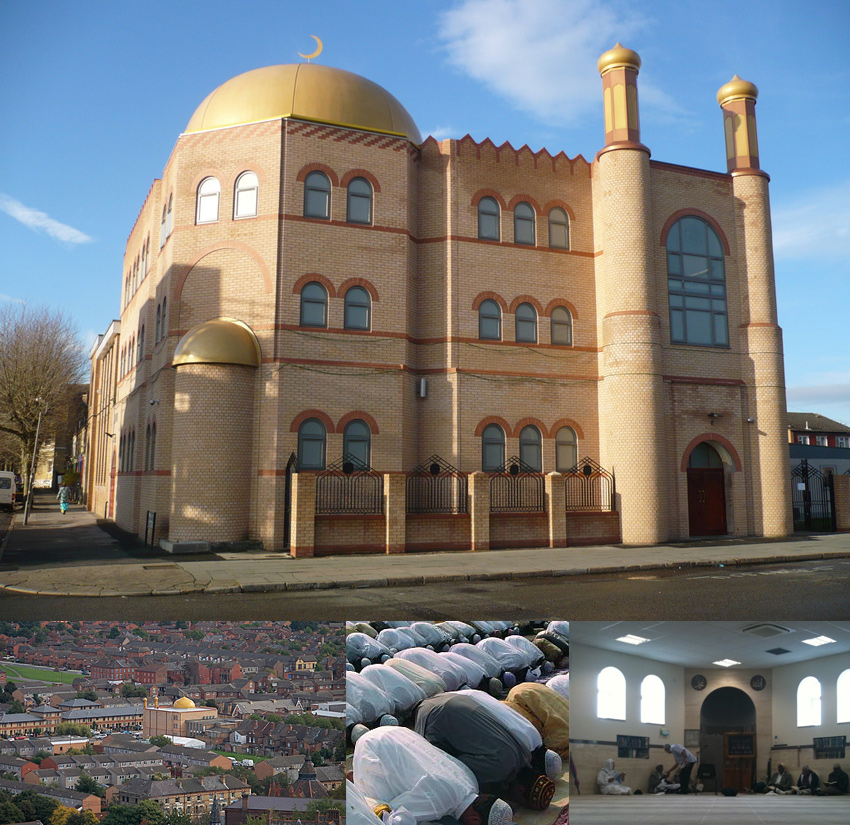
Al-Rahma Masjid: Capacity to hold up to 1,000 worshippers. Previous mosque built in 1960s. New three-storey mosque opened in 2008 during Liverpool's tenure as European Capital of Culture. More traditional in appearance with a golden dome and crescent on top. During weekly Friday 'Jummah' prayers and Muslim festivals of Eid, the Pakistan Centre opposite used as temporary prayer space. The Liverpool Muslim Society was set up in 1953.
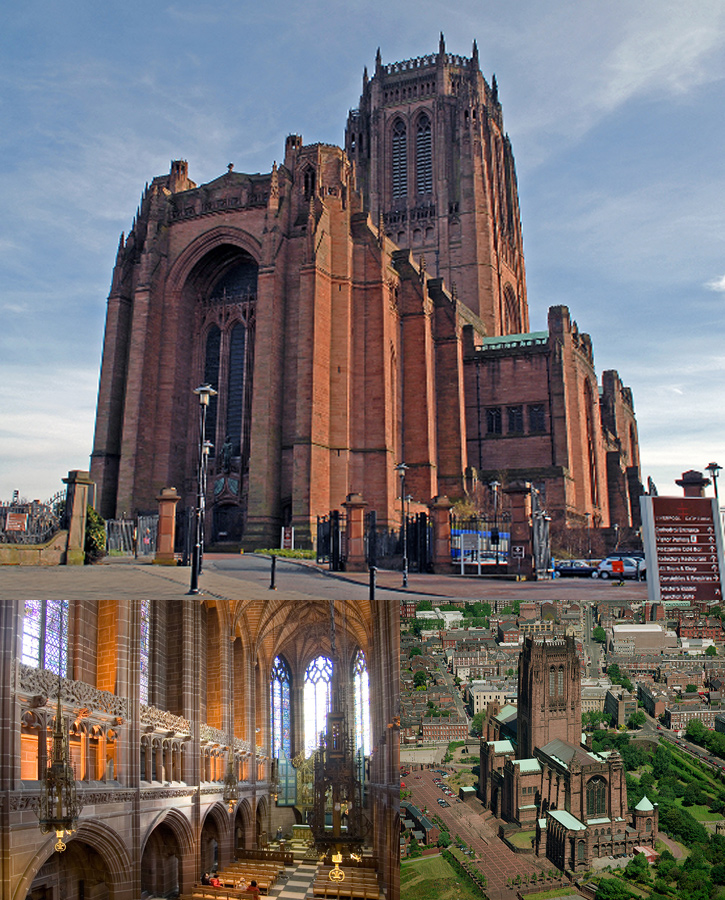
Liverpool Anglican Cathedral (aka Cathedral Church of Christ in Liverpool): Dedicated to Christ and the Blessed Virgin. 189 metres (620 ft) long outside, making it the longest church building that is a cathedral in the world. Winning design of 22-year-old Roman Catholic student Giles Gilbert Scott chosen by assessors George F. Bodley and Norman Shaw in 1903. Foundation stone laid by King Edward VII in 1904. In 1910 Scott revised original Gothic design based on Durham Cathedral with two towers to a modern style with single, central, exceptionally tall tower topped with a lantern.Tower named after the Vestey family who made largest financial contribution. Consecrated in 1924, but regular services were not held until 1940. Construction of the tower was finished in 1942, but the Second World War and inflation hindered the work and the completion of the building only came in 1978: too late for Scott, who had died in 1960. Built mainly of sandstone quarried from the Liverpool suburb of Woolton. Belltower is the largest, and also one of the tallest (100.8m / 331 ft) in the world. Houses the highest (67 m / 219 ft) and heaviest (31 tons) ringing peal of bells in the world. One of cathedral's stained glass windows shows designer Scott and builder Bodley sitting together.

Liverpool Metropolitan Cathedral (aka Roman Catholic Metropolitan Cathedral): Grade II* listed building. Known locally as "Paddy's Wigwam" or the "Mersey Funnel". The cathedral's architect was Englishman Frederick Gibberd, the winner of a worldwide design competition. Construction began in 1962, and took five years. Earlier designs for a Catholic cathedral in Liverpool had been proposed in 1853, 1933, and 1953, but none was completed. Following purchase of the present 9-acre (36,000 m2) site at Brownlow Hill in 1930,[6] Sir Edwin Lutyens (1869–1944), an Anglican, was commissioned to provide a design which would be an appropriate response to the Giles Gilbert Scott-designed Neo-gothic Anglican cathedral then being built further along Hope Street. Lutyens' design would have created a massive structure that would have become the second-largest church in the world. It would have had the world's largest dome, with a diameter of 168 feet (51 m) compared to the 137.7 feet (42.0 m) diameter on St. Peter's Basilica in Rome. Building work based on Lutyens' design began on Whit Monday, 5 June 1933, being paid for mostly by the contributions of working-class Catholics of the burgeoning industrial port. In 1941 the restrictions of World War II wartime and a rising cost from £3 million to £27 million (£991 million as of 2011), forced construction to stop. In 1956 work recommenced on the crypt, which was finished in 1958. Thereafter, Lutyens' design for the cathedral was considered too expensive and so was abandoned with only the crypt complete. The competition to design the cathedral was held in 1959. The requirement was first, for a congregation of 3,000 (which was later reduced to 2,000) to be able to see the altar, in order that they could be more involved in the celebration of the Mass, and second, for the Lutyens crypt to be incorporated in the structure. Gibberd achieved these requirements by designing a circular building with the altar at its centre, and by transforming the roof of the crypt into an elevated platform, with the cathedral standing at one end of it.
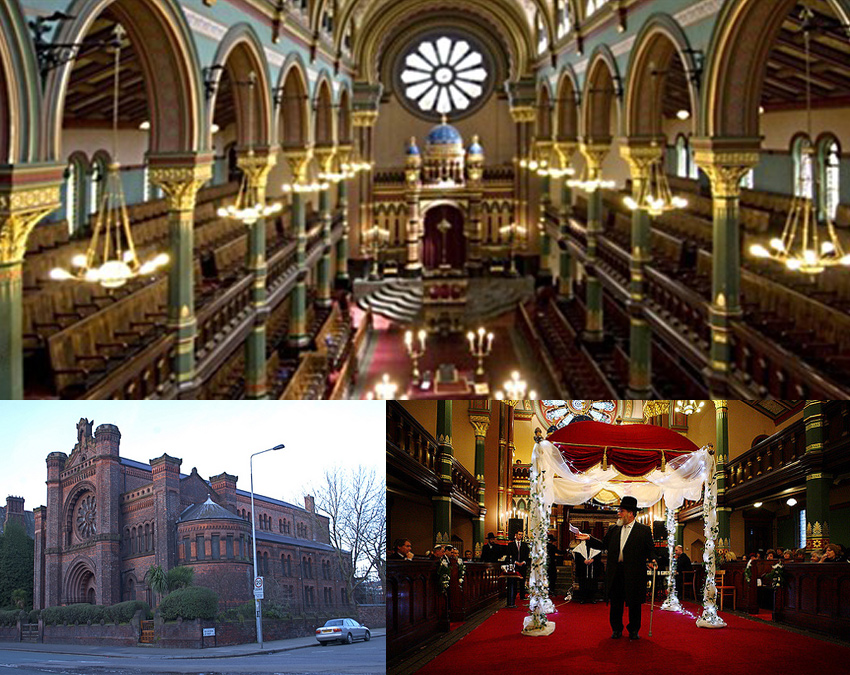
Princes Road Synagogue: Designed by William James Audsley and George Ashdown Audsley, architect brothers from Edinburgh, who built Princes Road Synagogue at a cost of £14,975 8s 11d. It was consecrated on September 2, 1874. combining Gothic Revival and Moorish Revival architecture. The internal decoration is particularly splendid. The ladies of the Liverpool Old Hebrew Congregation decided to hold a Bazaar and luncheon in February 1874. They invited the important dignitaries and arranged for the band of the Coldstream Guards to play. The event raised the then massive sum of £3,000 with some change. The £3,000 was donated to the synagogue for the decoration of the interior. In today's terms it was something in the region of £750,000.
Historical places
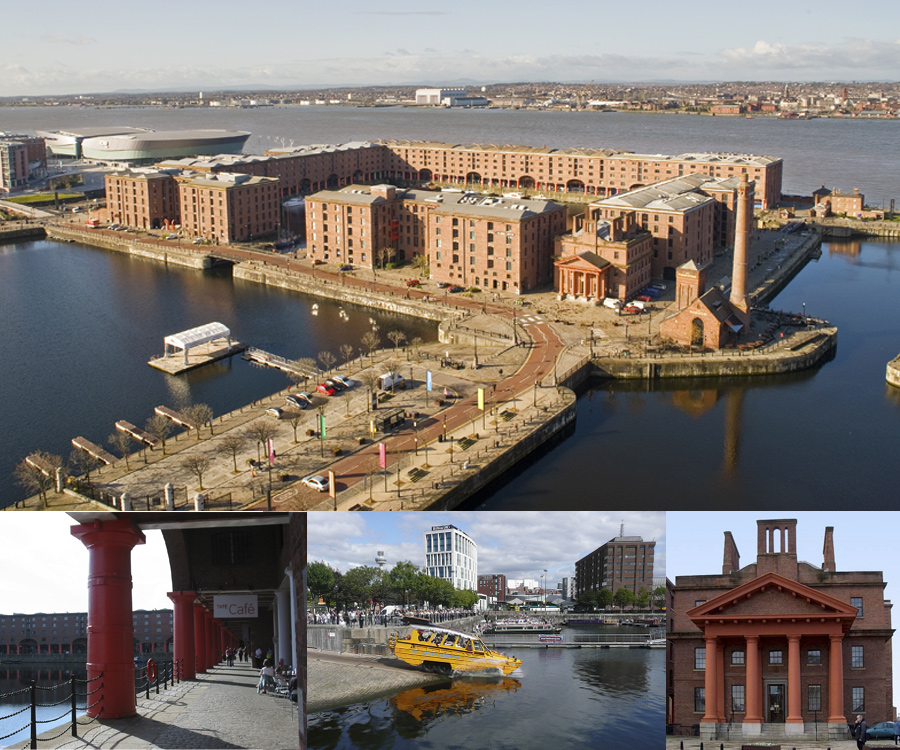
Albert Dock: Constructed in 1846. Designed by Jesse Hartley and Philip Hardwick. Opened by Prince Albert, husband of Queen Victoria and named after him.This event marked the first occasion in the Liverpool's history in which a member of the Royal Family had made a state visit to the city and as a result the occasion was marked with a major celebrations.Houses largest single collection of Grade I listed buildings anywhere in Britain. First structure in Britain to be built from cast iron, brick and stone, with no structural wood. Therefore became the first non-combustible warehouse system in the world. In 1848 modified to feature world's first hydraulic cranes. Damaged during air raids during the May Blitz of 1941. Numerous plans were developed for the re-use of the buildings but none came to fruition and in 1972 the dock was finally closed. Redevelopment began in 1981, when the Merseyside Development Corporation was set up. Officially re-opened in 1988.
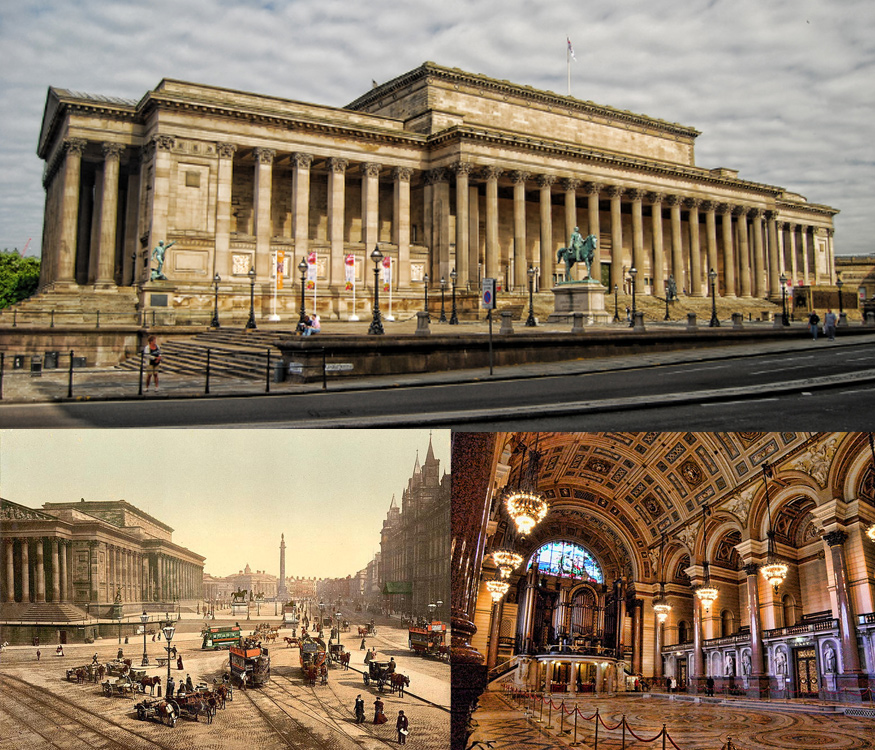
St George's Hall:
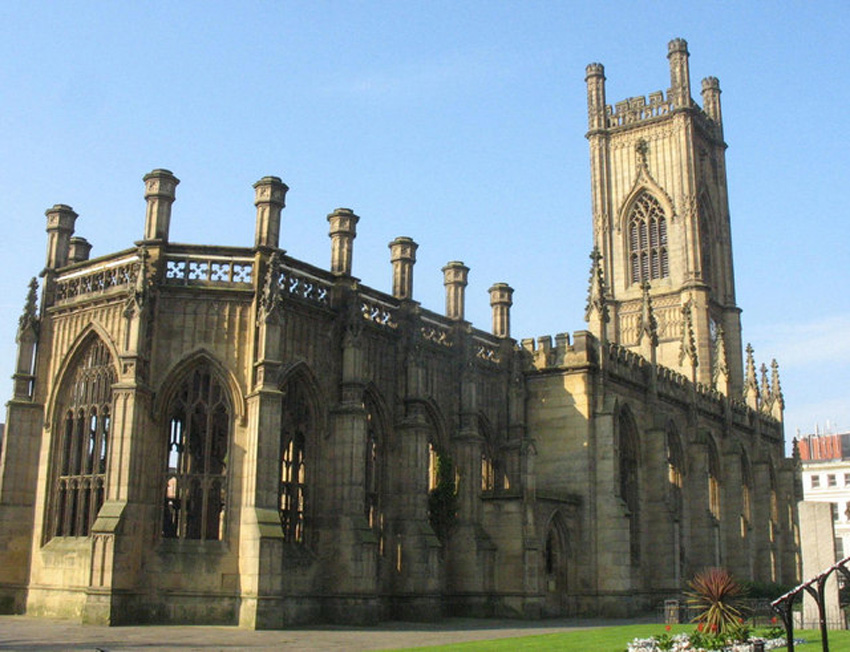
Bombed out Church (aka St Luke's Church): Today one of the most vivid symbols of the Liverpool Blitz is the burnt outer shell of St Luke's Church, located in the city centre, which was destroyed by an incendiary bomb on 5 May 1941. The church was gutted during the firebombing but remained standing and, in its prominent position in the city, was a stark reminder of what Liverpool and the surrounding area had endured. It eventually became a garden of remembrance to commemorate the thousands of local men, women and children who died as a result of the bombing of their city and region.
Liverpool landmarks
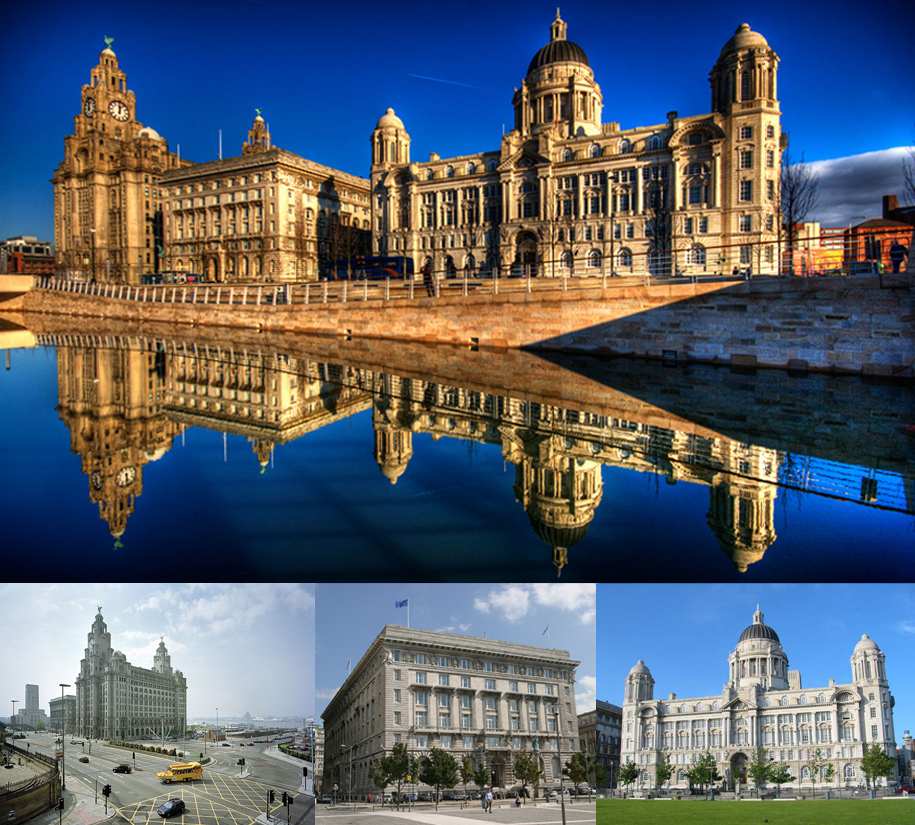
Three Graces (Royal Liver Building, Cunard Building, Port of Liverpool Building)
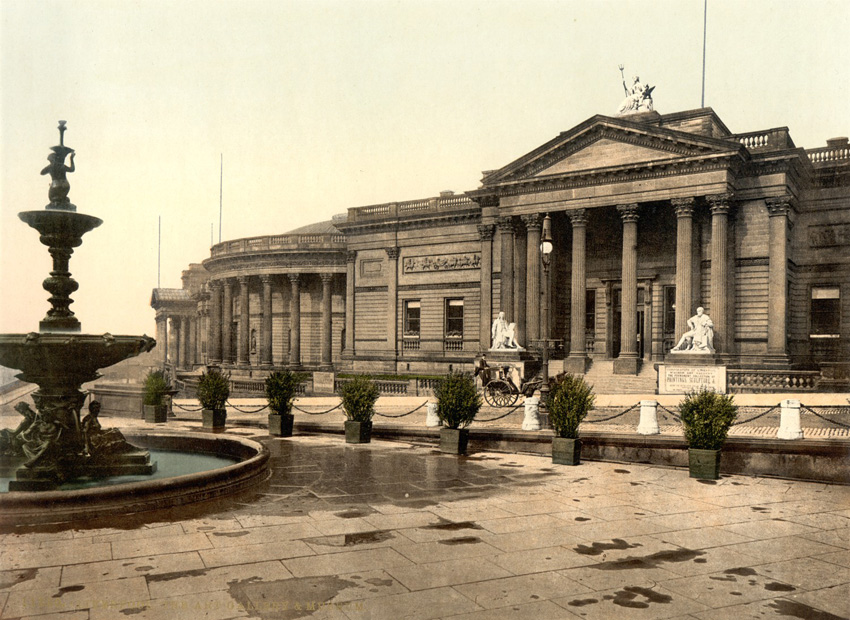
Walker Art Gallery
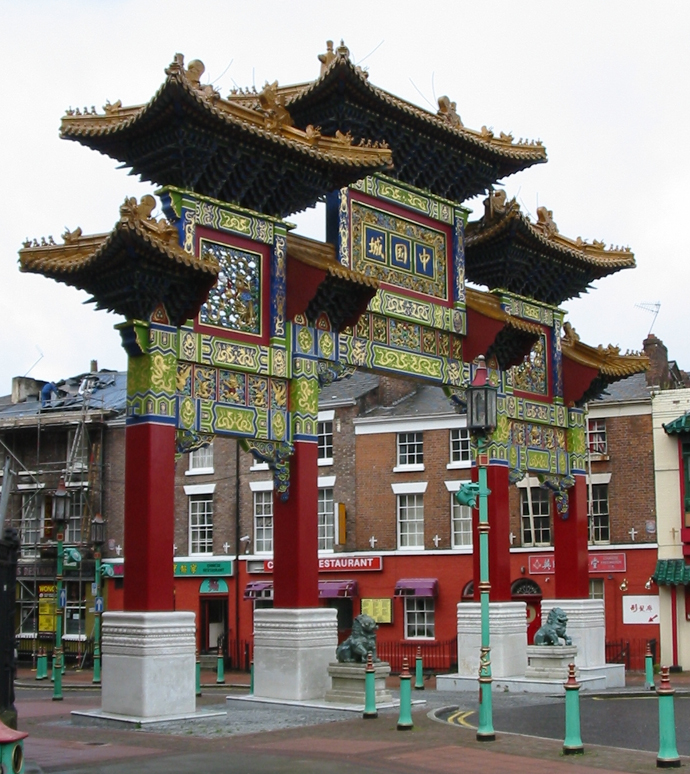
Chinatown
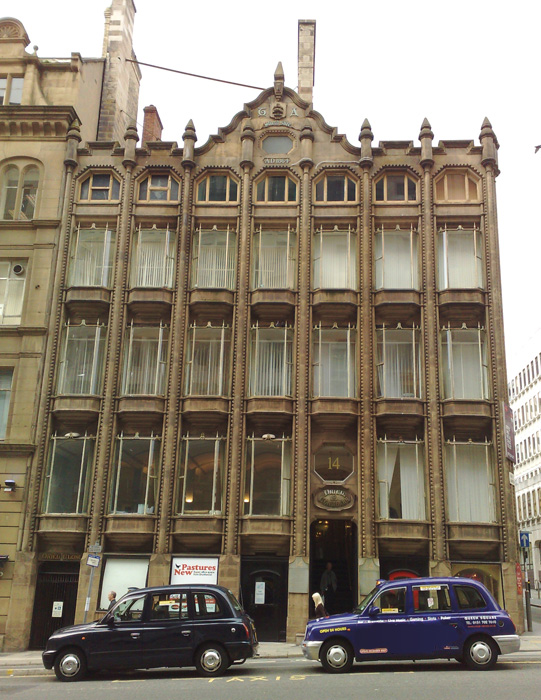
Oriel Chambers
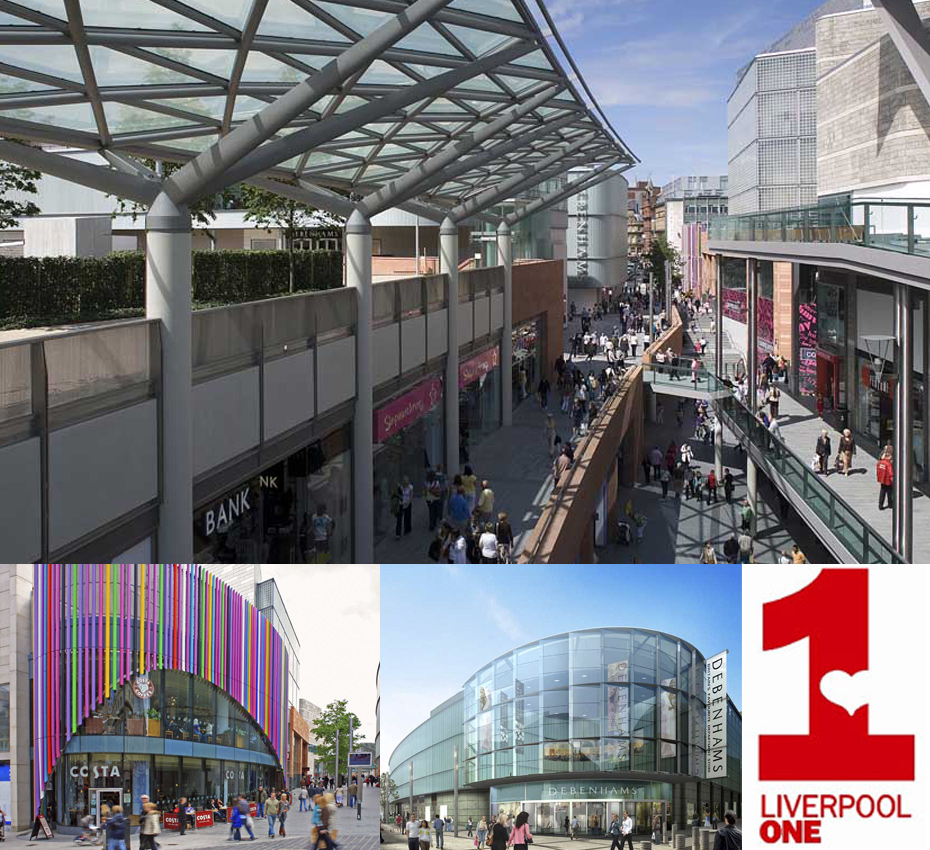
Liverpool One
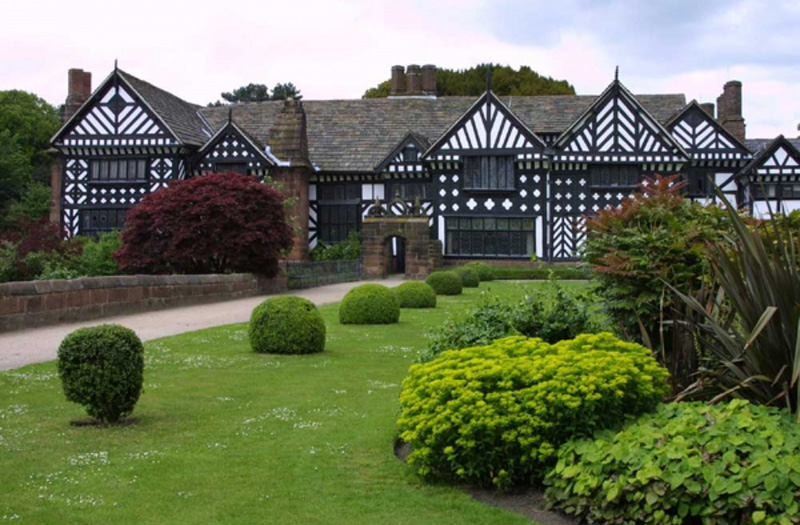
Speke Hall Tudor Manor House
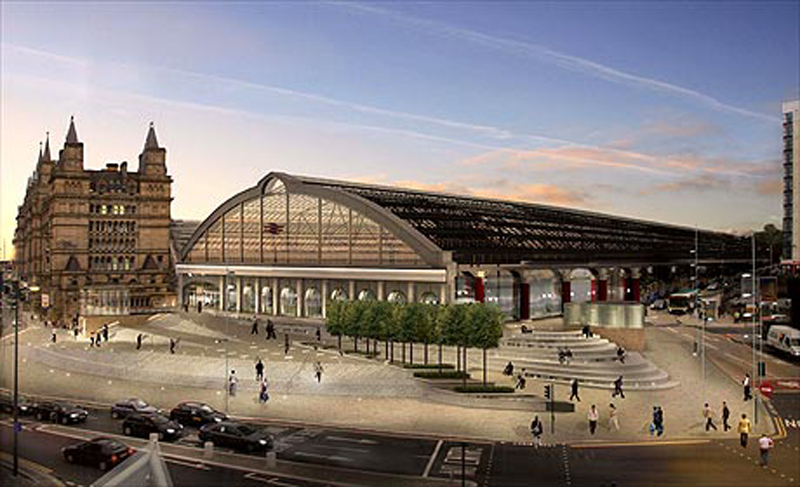
Liverpool Lime Street Station
Liverpool parks & stadiums
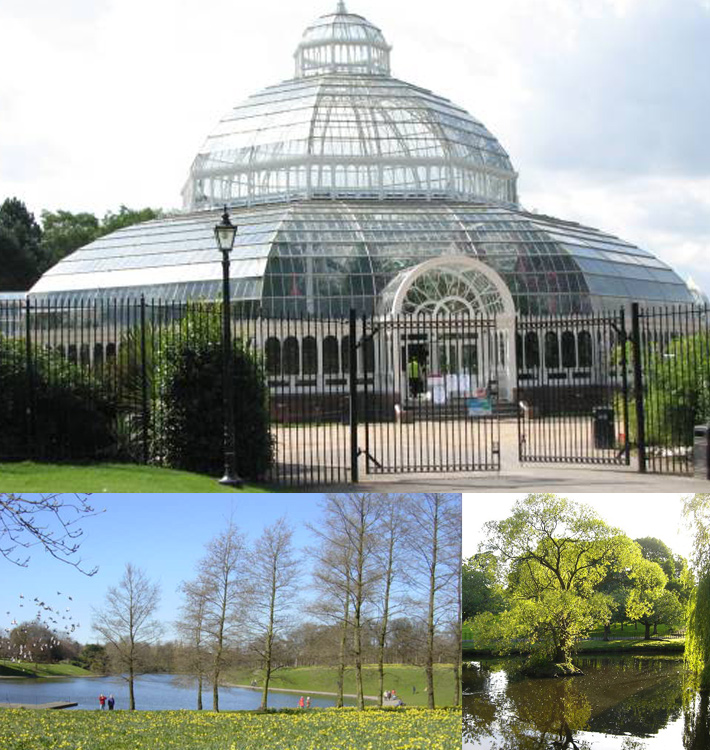
Sefton Park:
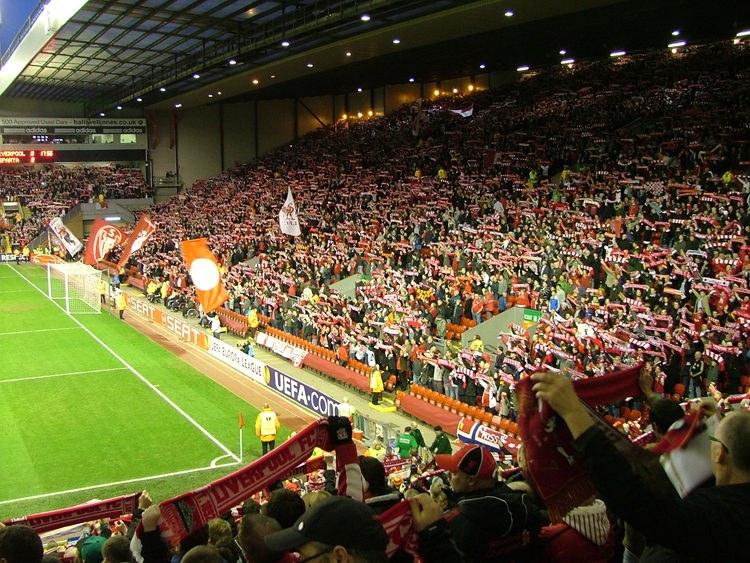
Liverpool Football Club
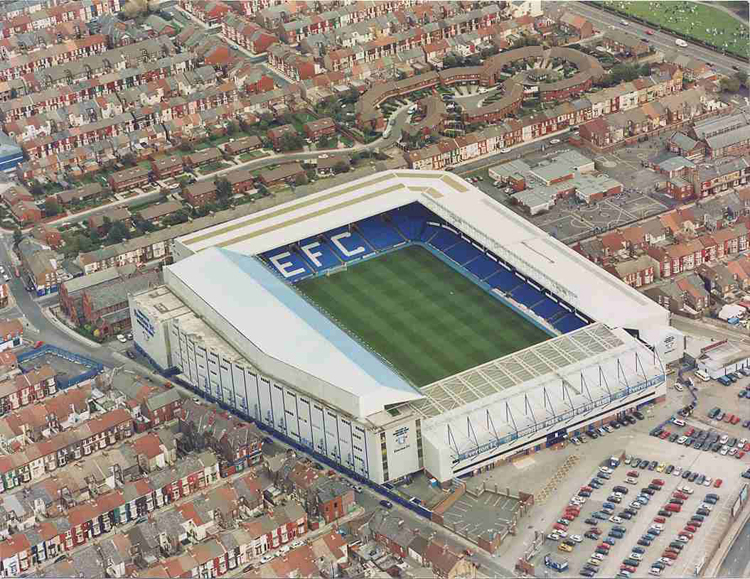
Everton Football Club
Others:
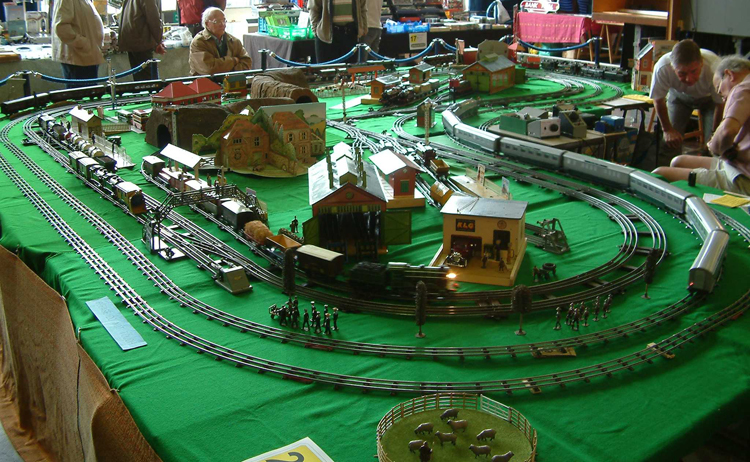
Hornby Model Railways
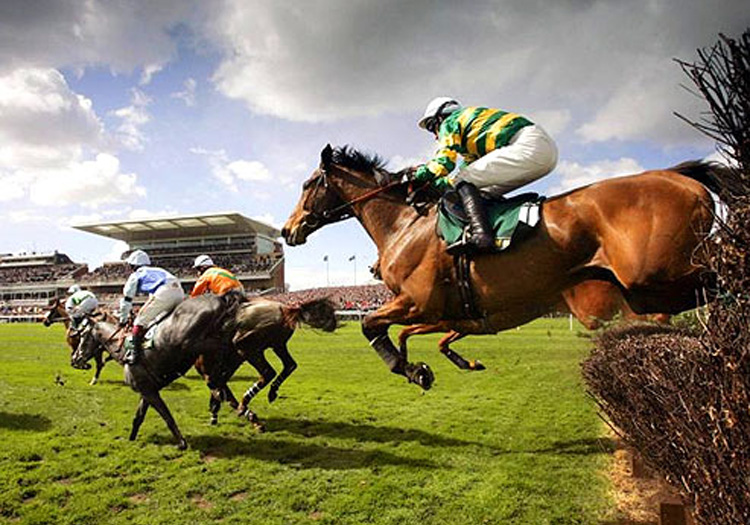
Grand National
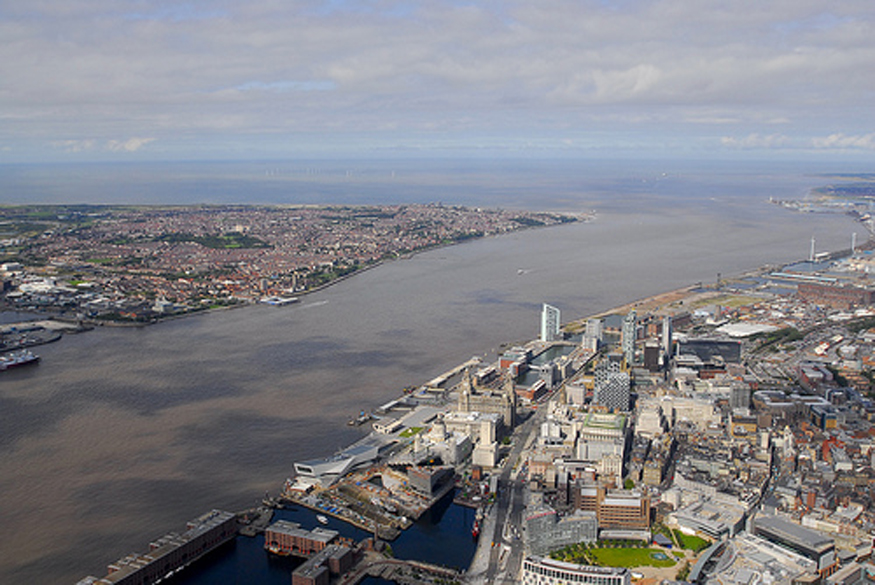
River Mersey
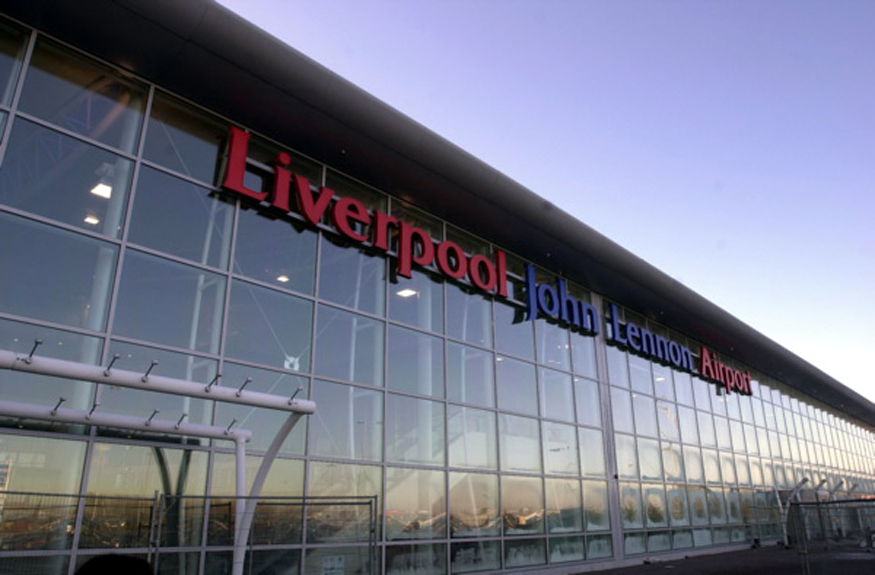
Liverpool John Lennon Airport
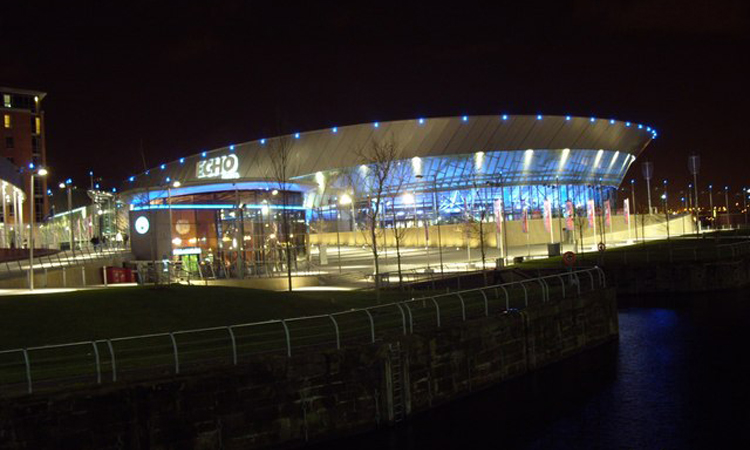
Echo Arena
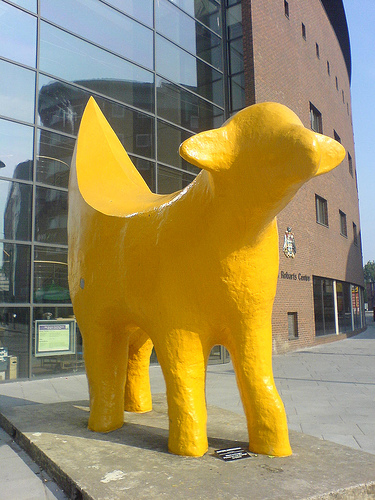
Superlambanana:
